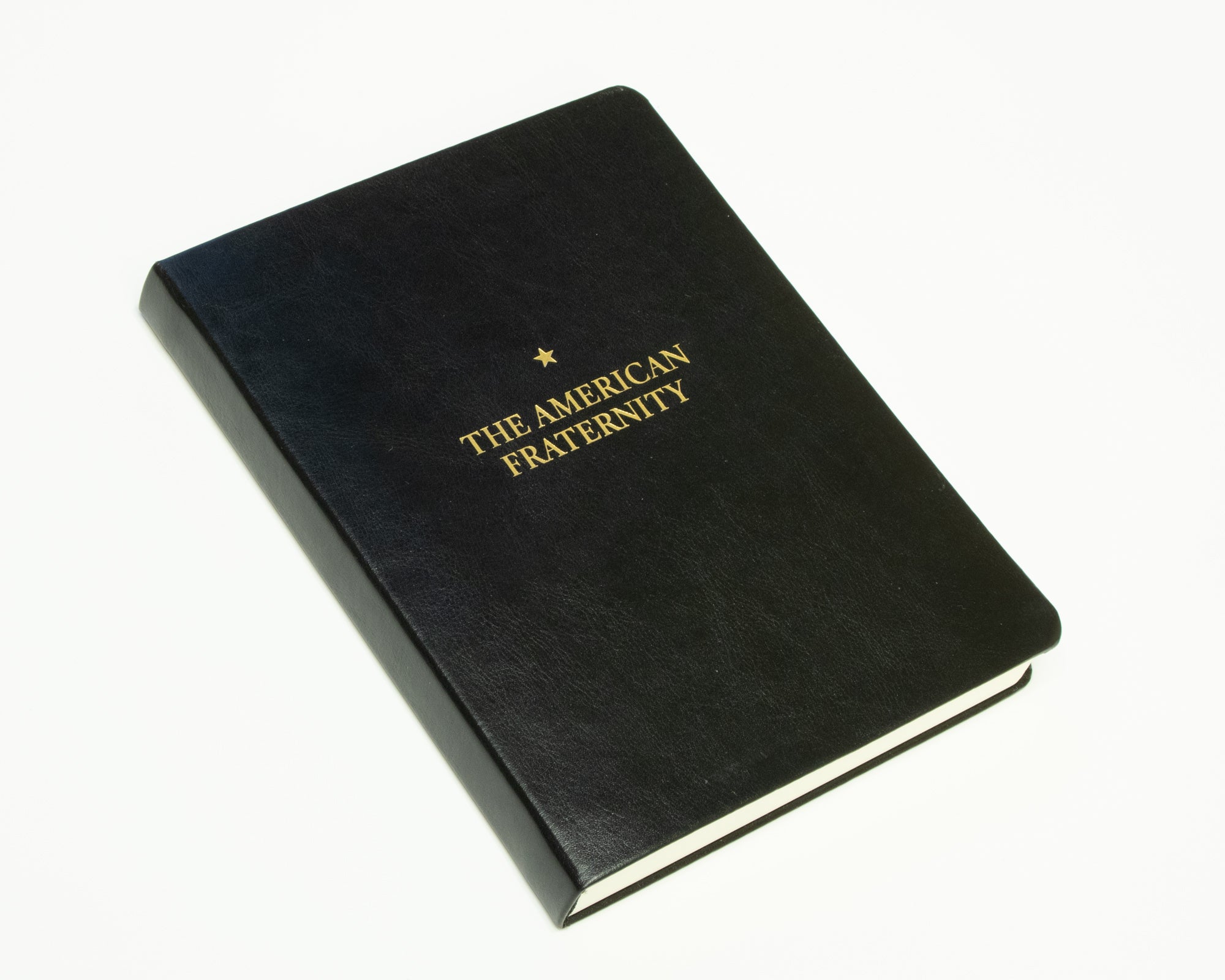College fraternities are single-sex organizations by design. They appeal to men who want to spend the majority of their free time with other men, who believe it likely that their primary bonds of friendship will be masculine and join single-sex clubs for that reason. At the time of their founding, of course, fraternities were located at colleges that were already single-sex by definition.

The manual included in this volume, though it dates from 1958, documents rituals that claim to originate with the fraternity’s founding in the 1820s. Founders intended that the rituals would be performed by white men, though race also goes unmentioned in the manual’s language precisely because members assumed that all college students would be white and male, as they were at almost all colleges during the Antebellum era.


By the late nineteenth and early twentieth centuries, however, public universities, especially, began to admit women as well as racial and ethnic minorities. Despite this, many traditionally white fraternities remain predominantly white, especially in Southern schools. The photograph on page 19, of Joon Kwon, the “Secretary/Resident Asian,” is the exception that proves the rule; at one time, he was the singular Asian American in the fraternity.
Likewise the photograph, also taken from this Chapter’s yearbook, of Thelma Fagans, cook, also serves to focus our attention on the whiteness of the majority of brothers who continue to be served by people of color.


Andrew Moisey’s photographs also attest to why fraternities have remained single-sex organizations: They foster an intimacy among brothers that many believe would not be possible if women were allowed to become members. In the privacy of fraternity homes and via the ritual and symbolism of brotherhood, fraternity men bond with one another. They use their bodies, often in various states of undress, and their words to convey affection, loyalty, and love.
They design rituals, games, and pranks to test that loyalty and to affirm it, even as brothers are routinely humiliated in service to their fraternity. The work of sociologists tells us that American men often have difficulty demonstrating affection for one another; fraternities and other single-sex organizations such as sports teams and military regiments provide avenues for men to express what their friendships mean in ways that are strikingly intimate. Fraternities have long served this function for college men.


But much has changed for brothers and for all men in the United States since fraternities’ founding in the 1820s. For most of the nineteenth century men had expressed affection for their male friends without reservation. Men routinely shared beds with one another, they kissed and hugged one another, and they wrote long letters describing in detail the meanings of their friendships and the depth of their love.
These men lived in a world that did not divide humankind into categories of being based on who one loved and desired. All people were expected to marry, most did so, and in such a world there was simply no need think about them as “heterosexual”; indeed the word itself did not exist until 1892, so pervasive and uncontested was the condition the new word described.


But by the turn of the century, as increasing numbers of men and women eschewed marriage, moved to cities, and organized their lives around their same-sex attractions, the homosexual as a category of person was born. And fraternities, which themselves fostered intimate friendships among single young men, were suddenly in the position of having to defend the intimacy of their friendship against charges of homosexuality.
It did not help matters, as I discovered in researching my book, The Company He Keeps, that some fraternities really were sites where gay men explored their sexual identities as they simultaneously explored each other’s bodies. When these fraternity chapters were exposed, as happened from time to time, many other fraternity men feared that their own reputations would be tainted as a result.


In response to this and the arrival of young women on college campuses, by the 1920s fraternities had begun to perform their heterosexuality aggressively and publicly, trying to make it as clear as possible that no matter the intimacy of the friendship they shared with their brothers, they were straight. They enthusiastically embraced the new practice of dating and they also attempted to extract sexual favors from their dates and from working-class women who were not their classmates.




